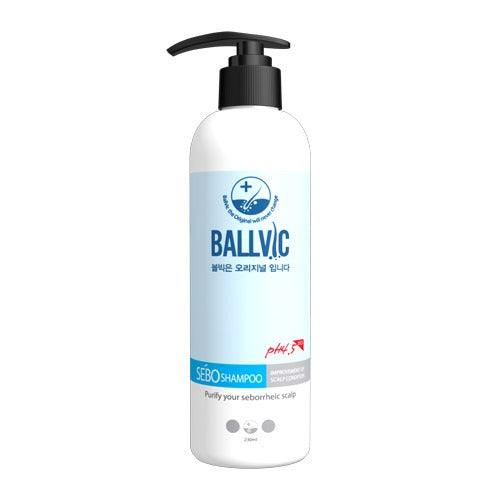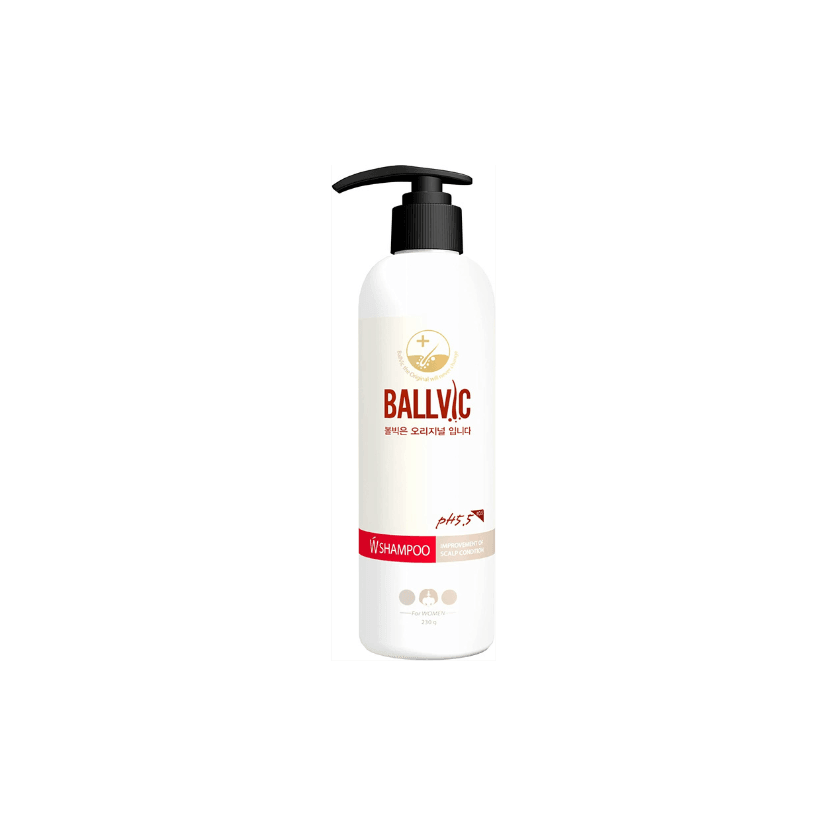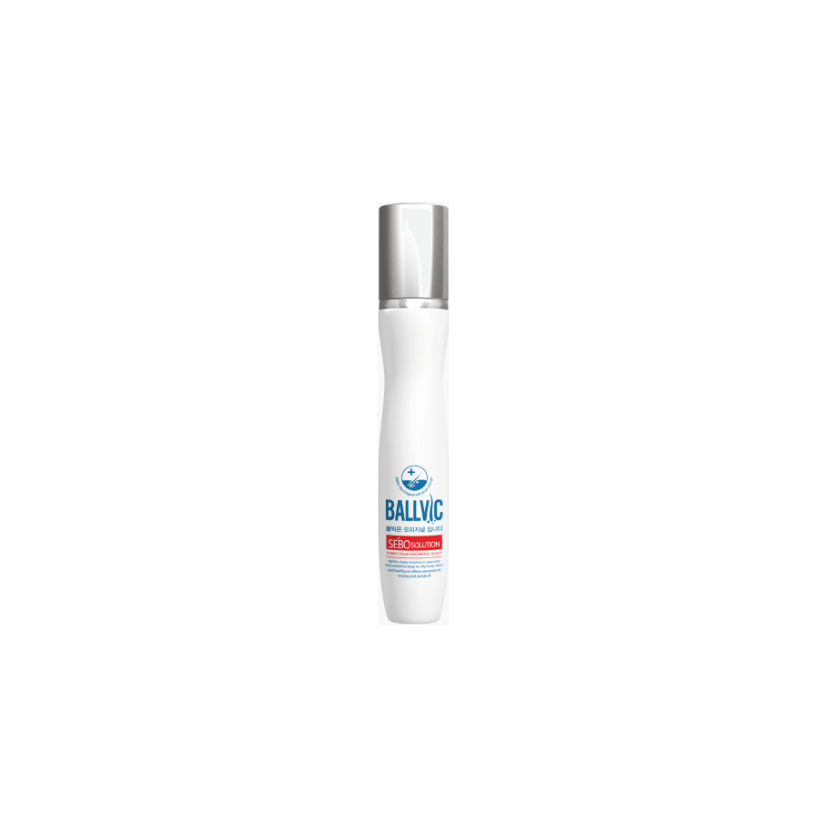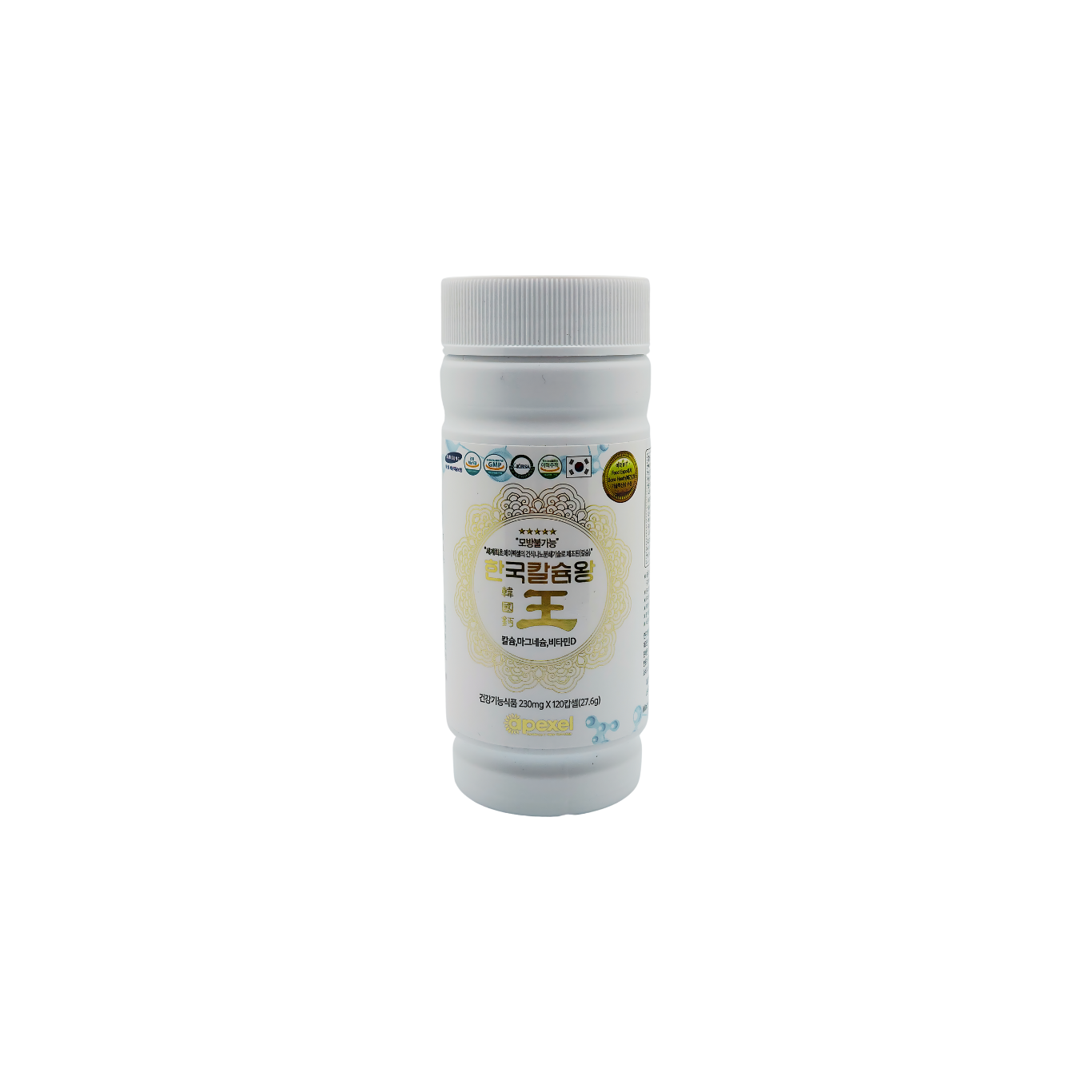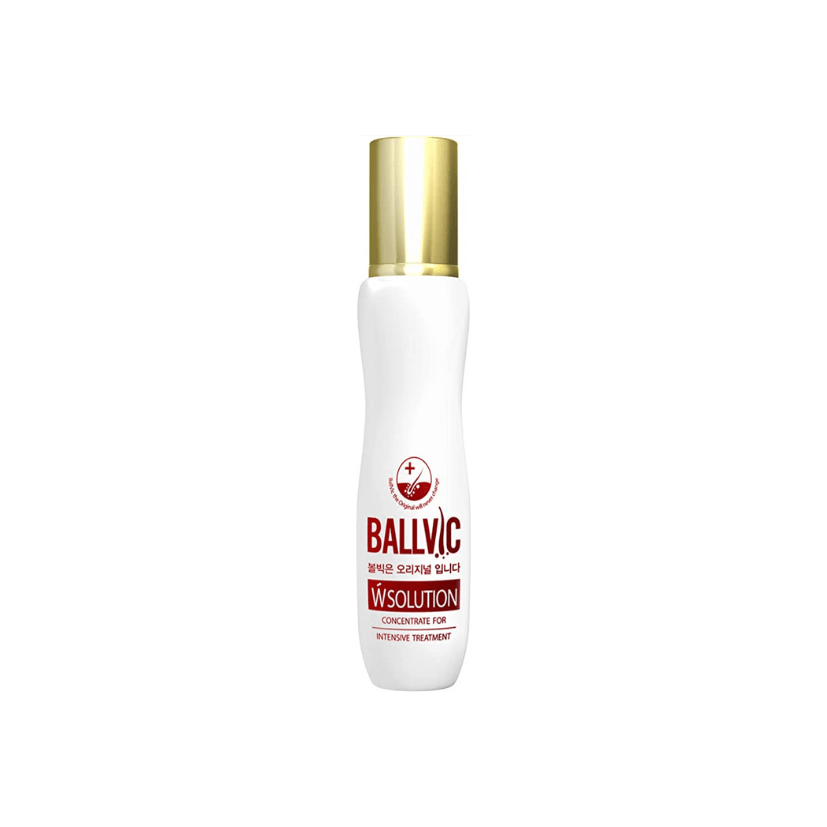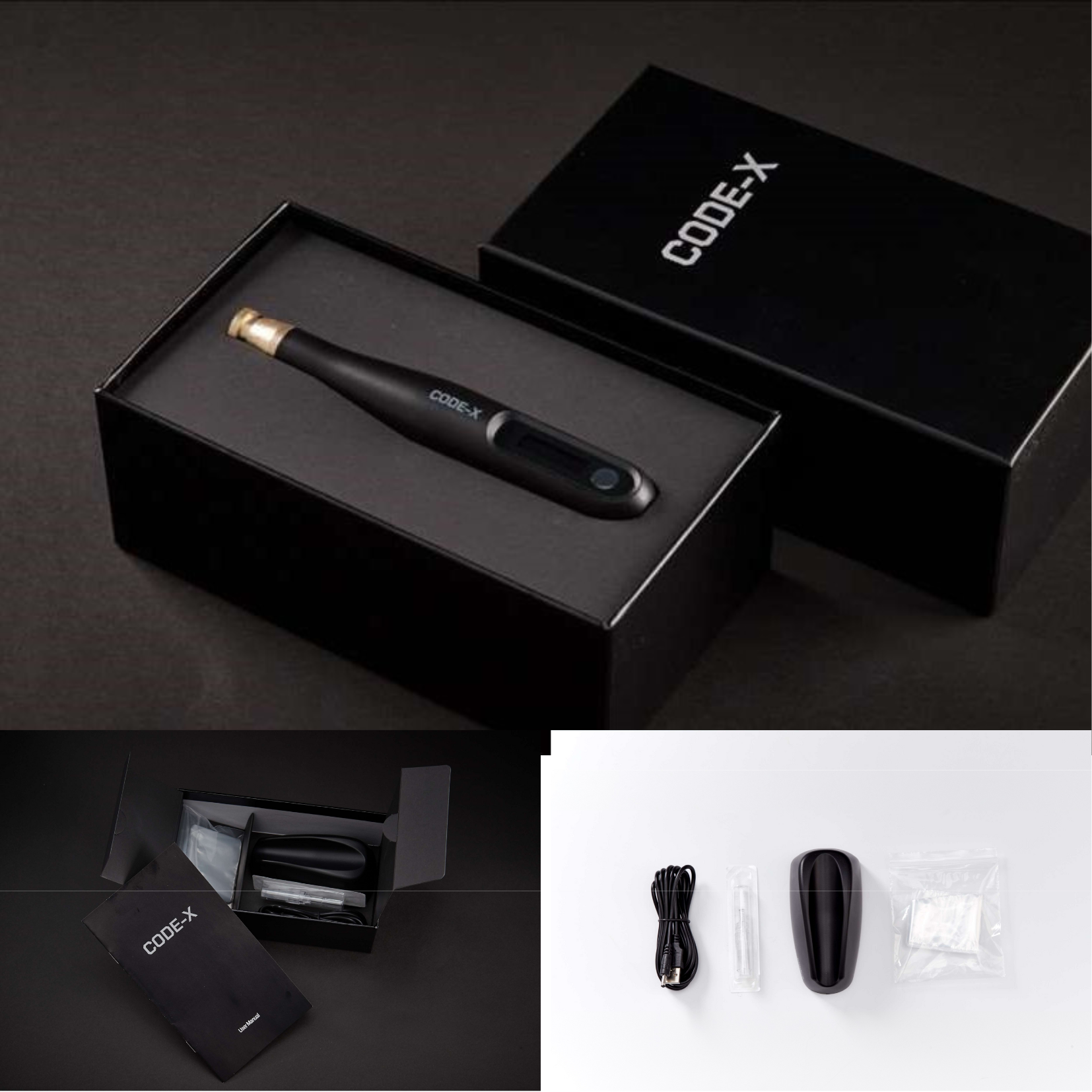What is Postinflammatory Hyperpigmentation (PIH)?
According to DermNet NZ, “Postinflammatory pigmentation is temporary pigmentation that follows an injury, i.e. thermal burn or inflammatory disorder of the skin (i.e dermatitis, infection). It is mostly observed in darker skin types (see ethnic dermatology). Postinflammatory pigmentation is also called acquired melanosis. More severe injury results in postinflammatory hypopigmentation, which is usually permanent.”
Permanently stopping hyperpigmentation is impossible but there are top routine tips for getting rid of post-acne marks or post-inflammatory hyperpigmentation (hereafter PIH). As indicated by DermNet NZ, anyone with darker skin types is more prone to deal with post-inflammatory hyperpigmentation. Your skin triggers pigment production overdrive after you have inflammation such as wounds, pimples, hormonal changes, irritation, or sunburn. This leaves dark spots on your skin that can be light brown or darker purplish-black spots. Many people who are in their 30's (even among teenagers) start suffering from PIH and it causes annoyance, stress, and even depression if an individual’s appearance is severely impacted by PIH.
What are the top DIY routines for brightening dark spots due to PIH?
Preventing PIH 100% is impossible but there are several best-known ingredients and routines that can fade dark spots left by PIH. Although different things work for different people, here are the best-known approaches for the DIY treatments: 1) Use the best-known ingredients to disrupt melanin production and transfer to fade dark spots, 2) exfoliate and increase skin turnover to brother skin and 3) prevent sun damage by applying sunblock creams religiously.
-
What are the best-known ingredients to brighten PIH?
There are many nonprescription ingredients that fade away from dark spots left by PIH. But top brightening ingredients you hear a lot in topical creams are retinoid, hydroquinone, azelaic acid, bakuchiol, glycolic acid, vitamin c, niacinamide, kojic acid, licorice extract, and arbutin among others (higher concentration of retinoid, hydroquinone and azelaic are available by prescription only). Many of these ingredients suppress tyrosinase, the main enzyme needed for melanin synthesis, and in turn slows down melanin production resulting in brighter skin. Furthermore, some studies concluded retinoic acid and niacinamide inhibit melanosome transfer which further helps to brighten the skin. So using combination melanin production and transfer inhibiting ingredients are recommended for the optimal results. Also, some of these ingredients also boost collagen and elastin production and reduce photoaging like fine lines and wrinkles. But there are more potent ingredients, i.e. astaxanthin, that you may never have heard of, and a recent study found that astaxanthin helps you with not only hyperpigmentation but also protection against sun’s damaging UV rays, antioxidant and anti-inflammatory effects.
Astaxanthin is quickly rising in the skincare industry as more and more evidence of its positive effects on the skin seems to mount. Researchers have found astaxanthin’s strength in fighting free radicals—the cause of oxidation—to be 6,000x stronger than Vitamin C, 800x stronger than CoQ10, 550x stronger than Vitamin E, 75x stronger than Alpha Lipoic Acid, and 40x stronger than beta-carotene in fighting free radicals (oxidation). Another ingredient worthy of mention is a relatively new skin-brightening ingredient called cyclohexanediol bis-ethylhexanoate (CHEH) or melatonin-X (™®). This ingredient also inhibits melanin production and is more effective in fading dark spots than arbutin and kojic acid mainly due to its ability to penetrate deeper into the skin. According to a published study in ResearchGate, this study concluded melatonin-X is 500 fold stronger than kojic acid and melatonin-X is safe to use and did not induce any adverse reactions in a clinical test.
2. How to effectively exfoliate and increase your skin turnover to brighten your dark spots
Your topmost outer skin layer, epidermis, undergoes constant skin renewal. The older you are the longer it takes to go through a complete skin turnover cycle. If you are in your teens, skin turns over roughly in 10-21 days, 14-21 days for 20’s, 28-45 days for 30’s, 45-60 days for 40’s, 60-90 days for 50’s and 90 days or more for 60’s. During the skin turnover cycle, many layers of dead skin cells can clog pores and induce bacterial infection which leads to acne breakouts if the dead skins are not removed. Exfoliation is the key to boosting cell turnover with many benefits such as improved collagen production, unclog the pores, smooths the skin tone and texture, leaves you with glowing skin, and enhances absorption of your skincare products. So exfoliating your skin prior to applying any of the PIH fading ingredients mentioned above is a must to increase the efficacy.
One of the best known chemical exfoliating acid ingredients is Lactic acid. Lactic acid is an anti-wrinkle and pigmentation-fighting ingredient and belongs to a class of Alpha Hydroxy Acid (AHA). It is gentle with the skin and it has also been found to be better at hydrating and better at treating photodamage in some experiments. AHA is good for exfoliation, hyperpigmentation and they prevent acne as well. When you suffer from pigmentation, it is strongly recommended to use AHA at least once or twice a week. Some people preferred to use strong acid concentrations but as a rule of thumb, the FDA recommends less than 10% AHA concentrations. When you use too much or too strong of AHA concentration you end up damaging the moisture barrier with a mild chemical burn--your skin ends up sensitive, irritating, stings, and does not help your skin recover. So be patient and apply AHA with less than 10% concentration once or twice a week over the skin turnover time period per your age group mentioned above.
3. Prevent sun damage by applying sunblock creams religiously.
Probably applying a sunblock cream is one of the most important steps for preventing PIH. A good sunscreen makes a big difference in preventing or brightening pigment. Look for a sunscreen that has high UVA protection. UVA is the longer wavelengths of ultraviolet that cause more photoaging, pigment, and wrinkles to your skin and UVB is the shorter wavelength which causes more burning. Especially depletion of the ozone layer has increased the risk of sun damages and even skin cancers from more intense and harmful UV rays. When it comes to UVA protection look for a sunscreen that contains at least one of the following ingredients with broad-spectrum SPF 35 or higher: avobenzone, oxybenzone, titanium dioxide, or zinc oxide. The FDA has also proposed that two ingredients are “generally recognized as safe and effective” (GRASE) and these ingredients are Titanium dioxide and Zinc oxide according to the American Academy of Dermatology. Dermafirm’s sunblock cream is formulated with both titanium dioxide and zinc oxide which meets the FDA’s GRASE guidelines.
Please keep in mind that treating hyperpigmentation does take a lot of consistency and patience to brighten the dark spots. If you don’t have any patience and you want to get rid of it all much faster than you can explore dermatologist-recommended treatments. Lastly, if topical solutions are not fixing the problem, you should talk to your dermatologist about more aggressive ways to treat the persistent dark spots such as chemical peels, microdermabrasion, and laser treatments.
Visit our pages:

